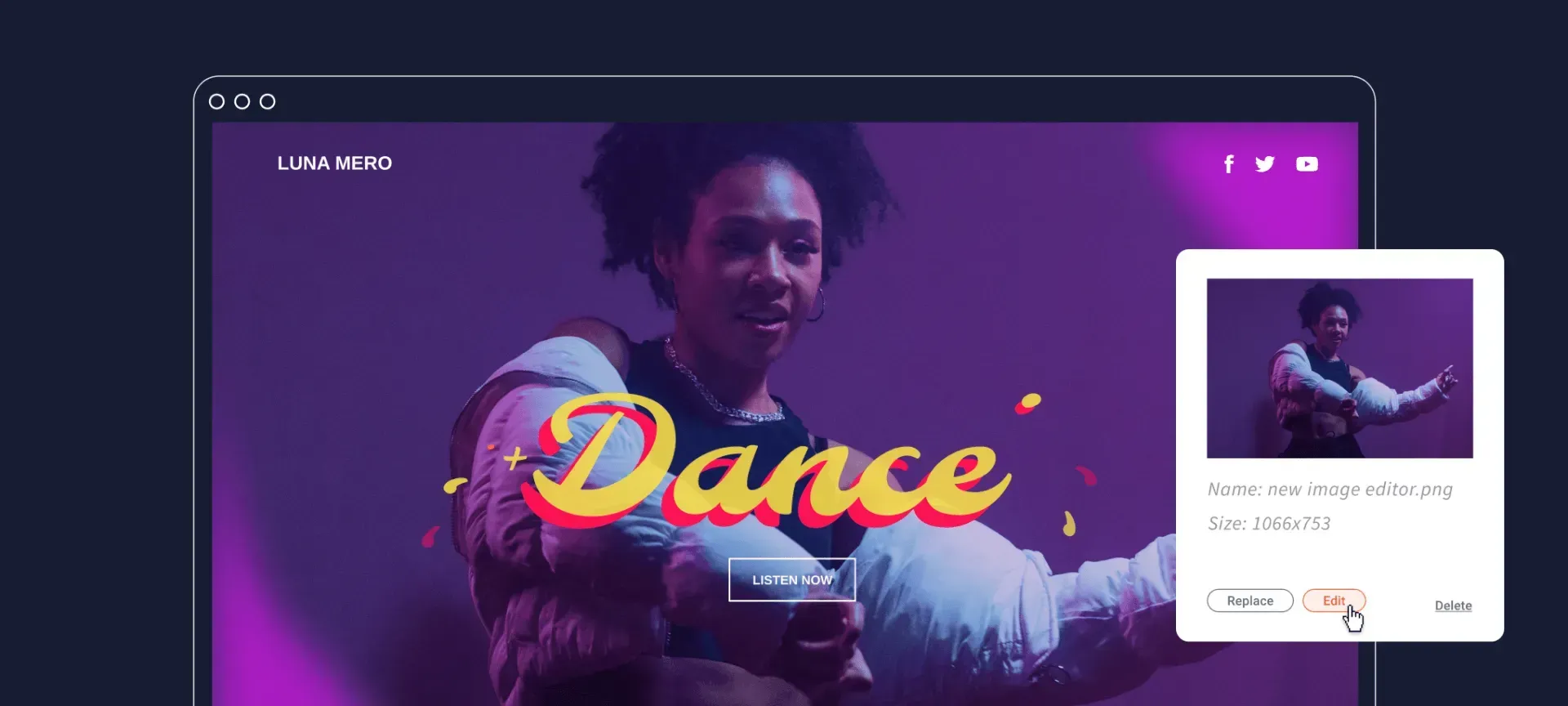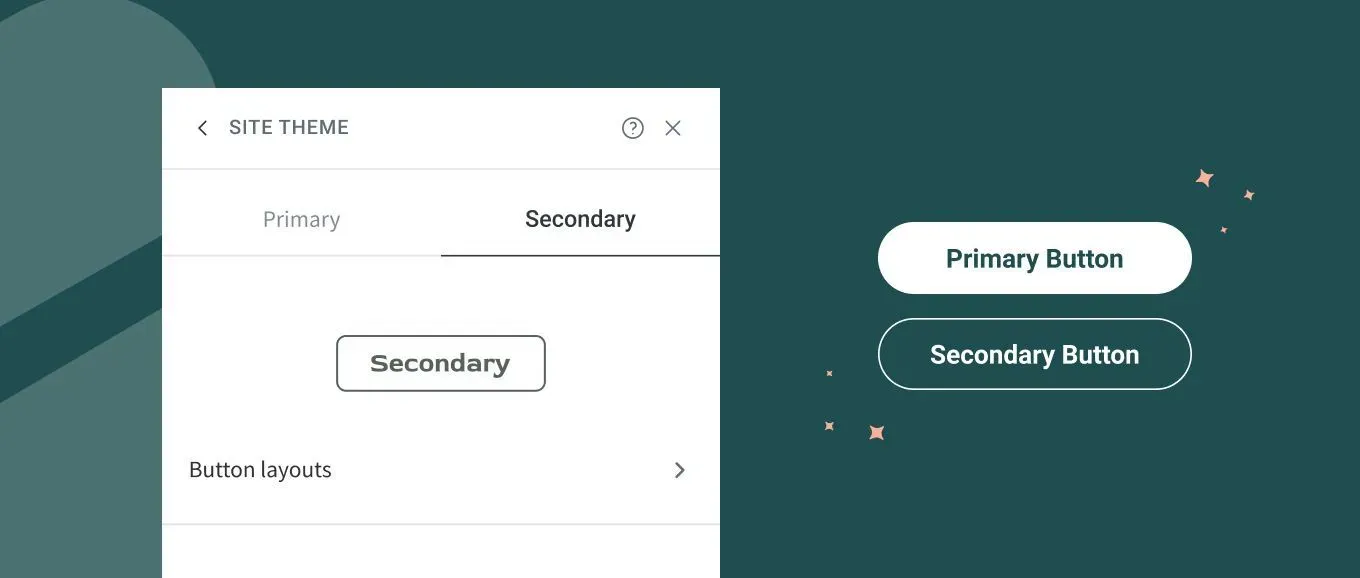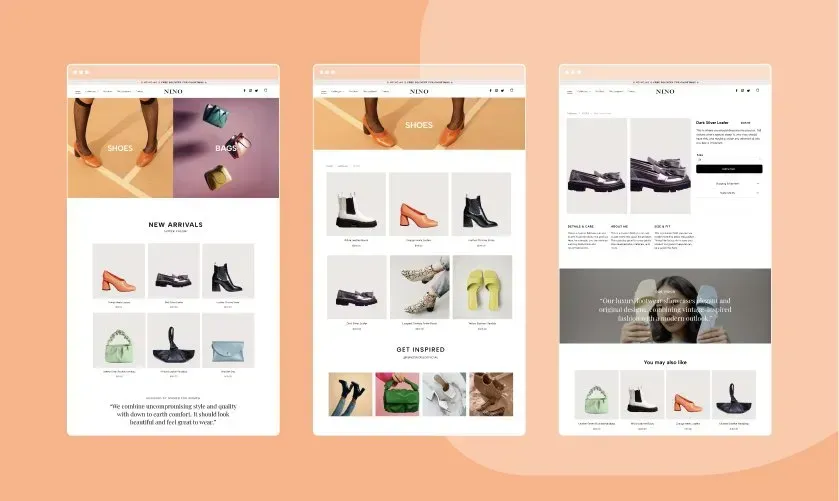When you create a blog, you have the opportunity to dive deep into your favourite topics, highlight your expertise, and build a loyal following of readers who are interested in your business and your work. Whether you want to start a blog from scratch or make blogging part of your business strategy, publishing online content is an effective way to share the extent of your knowledge and your ideas with the world. Show off your understanding of the industry and prove to your potential customers that you're the business they want or need.
In this blog, we will give you everything you need to write the perfect blog post - from choosing the right blog topics and picking the proper format for this type of content, to selecting the best imagery that generates interest and encourages engagement for your audience. Once you've read this whole document, you’ll have a clear idea of how to create the best blog content that effectively stands out from other blogs on the internet.
Brainstorm blog topics
When writing a blog post, you’ll want to cover topics you are interested in and that is valuable to your audience. Jot down different ideas that come to mind, think about recent questions your customers have asked or simply go off of the top topics you would enjoy writing about.
Don't be afraid to look for inspiration, whether that be blog content by other businesses within your industry or using external sources that can tell you what your customers are googling at the moment. There are several places you can look to spark new topic ideas:
- Use SEMRUSH topic research tool or Google Search Console to find out which topics are currently trending.
- Look for current events related to your industry and discuss your views/findings.
- Browse other blogs within your niche. For example, if you’re writing a fashion blog, simply Google “fashion blog” and see what your competitors are writing about.
Once you find some interesting topic areas you want to cover, you need to think about the ways you can approach those topics in a way that stands out to your audience. Consider different ways you can play around with topic ideas to come up with something that isn’t just relevant and trending at the moment, but that’s also original and new.
There are a few different angles you might consider taking when writing a blog post on your chosen topic:
- A how-to blog post - a clearly ordered step by step instructing readers how to do something (e.g., “How to Build a Successful Business”)
- A tips and advice post that provides expert guidance and resources. (e.g., “Tips to a Successful Business You Need to Know”)
- A top trends article that highlights what’s currently popular (e.g. “The Most Successful Businesses In 2021”)
- A systemised list that offers recommendations for your audience (e.g., “The Top Ways to Ensure Your Business is Successful”)
- A definition-based blog post that helps explain the meaning of a term or topic (e.g., “What is a Successful Business?”)
- An update on you and your business that adds a personal touch to your readers (e.g., “My Experiences of Being a Successful Business Owner”)
Research Keywords
One major factor when it comes to writing a blog post involves keyword research. This is a crucial SEO practice as you can use this research as a marker to see which terms you can potentially rank high in.
Once you’ve chosen the direction you intend to take your blog post, you’ll need to figure out the chances of its success on Google's result pages. You of course want to reach as many members of your audience as possible. To do this, you need to conduct keyword research to find the most relevant areas for your topic.
You can find keywords for your blogs by using various free keyword research tools such as Google Keyword Planner or Answer the Public.
While conducting keyword research, it is important to keep in mind that the more specific the term, the more closely it will match with your audience’s intent. On the other hand, broader keywords will have higher search volumes. This means more people are searching for them on Google. So it is up to you whether you want to refine your search by using specific phrases or expand your reach by using high volume terms that you know people are googling.
Now you’ve selected your keywords, you can use them to shape your content in a way that your readers will love. Google the phrases you want to use and find the published articles that have successfully targeted those same keywords, and spend some time analysing their content. Again, don't be afraid to find inspiration for others. You can learn what to include and how to structure your blog from others that have written blogs on the subjects you plan to cover.
Define your audience
Now that you know what you're going to be writing about, you need to find out who you’re writing for. Think about who you'd like to read your content, who will find it interesting, engaging and shareable?
So, how do you figure out your audience in the first place? Start by taking a look at the blogs others publish in your chosen industry. It's important to consider who they seem to be writing for, and how they attract their readers’ interest. For example, you might find that most of the blogs address a particular gender or age group when discussing their topic area. When defining your target audience, we advise you to use online forums to find the main questions asked by your audience, or you can visit social media platforms for the same kind of information. Join Facebook groups and learn what topics your audience likes to talk about. This will help you create content that sparks their curiosity, highlights their interests and answers their questions.
Outline your blog
Creating an outline is critical, as it ensures your blog will have a strong foundation that you can build on as you write your post. Have that structure and you will create the blog posts your audience will love. But how do you outline the blog and create a structure?
Follow the typical structure of any written content by including the 3 main elements - an introduction, the body text, and a conclusion. Then create subheadings. You might think this is a strange way to go about starting the outline process. However, sub headings are small but mighty pieces of content that can help you break down your blog into bite-sized sections. This is great for two reasons - it makes it easier for you to write the blog and it also makes the content more digestible for people to read.
Under the subheadings you've created, bullet point every detail you would like to cover in your blog post. This will help you formulate your main points and ensures you don't miss out on any important points you want to make.
Write engaging content
As I mentioned before, there are 3 elements to include in your blog - an introduction, the body text, and a conclusion. Here is a breakdown of what you should have within these sections of your blog.
- Introduction - In the first few sentences of your article, you should already grab the readers’ attention. This can be achieved with a powerful quote or statistic, an interesting fact or even a short story. Then, you set the tone for the blog by adding a summary of what you’re going to talk about in the body text. This gives your readers a reason to keep going. Spark the interest!
- Body text - This is the meat of your blog post! This part of the blog must be clear and compelling to read. This is where you offer deep value by sharing your knowledge, research, and insights for the subject your reader is interested in.
- Conclusion - In the case of storytelling or when wrapping up a very extensive article, you will want to add a conclusion to your blog. This is where you can tie up the main points covered in the body text and you can share some closing thoughts in just a few sentences. You’ll want to end your blog post on an engaging note - so the reader buys or uses your product and services, or they go and read the other content you have produced.
Create a killer headline
A great headline entices the readers, ensuring that they click on your blog in the first place. Think about it, it's likely the title is the first thing they see when it comes to your published blog. So you want it to attract your audiences' attention, right?
How do I create a killer title for my blog? By following these simply offerings - clarity, specificity, an answer or solution. Use the title to promise readers that your blog will provide valuable insight that will benefit them in some way, shape or form. This will increase the chances that they’ll click on your blog and read the content in full.
Choose eye-catching images
It’s important that the images you use in your blog add value to the topic you're covering. Pay extra attention to your featured image (the main visual below your blog’s title), and what it tells the readers.
With Avanty, you can add a professional photo gallery to individual blog posts and embed your very own images within your articles. Showcase the best images that represent you, your business and your brand, whilst also keeping with the topic of the blog.
Add call to actions (CTAs)
In the same way, a blog is meant to inform your audience on specific topics they are interested in, it can also be used as a tool that motivates readers to take action. This includes everything from subscribing to your blog to buying your product. This is where call-to-actions come in handy - an embedded link or button that states to take a particular action. For example, Subscribe, Book Now and Download our e-book are commonly used CTAs in blogs. Using CTAs can help you transform your website traffic into engagement and, eventually, profit. If you would like more information about CTAs and how to create the best ones that see results, click
HERE.
Optimise for SEO
We mentioned the importance of keyword research earlier on in this blog right? Well, when optimising for SEO and wanting your blog to perform well in search results, it's important to sprinkle relevant keywords throughout your blog. Let’s say you’ve chosen to target the keyword “business success.” Use this exact phrase in the blog's headline, throughout the body text, and in a couple of subheadings (if it naturally fits). Also, include the keyword in your metadata. What is the metadata? This is the preview text you’ll see for every article on Google, and it includes a title (known as the meta title) and a short description (the meta description). NOTE: You’ll want to add the keywords to the URL of your BLOG, as well as in the alt text of your blog post’s images to improve SEO. Check out our blog on our top 7 SEO tricks to boost your Google ranking - yes this blog has the focus of improving SEO for a website as a whole, but you can implement sections found HERE and apply them to your blog.
It's publishing time
After you have edited your blog, triple checked it, it's time to ask others to read it. Check with family, friends, a partner or even your neighbour to read through the blog and see what they have to say. Is the content readable, is it enticing enough, is it informative and did it make you want to read more? All very important questions that should be answered before your press that publish button.
Once you’re happy with your blog, it’s time to hit publish. But that's not it. Now is the time to take the necessary steps to make sure it gets read. Two of the most effective ways to promote your newly published blog post is through email and social media marketing. Whichever channels you choose, make sure to actively engage with your audience regularly. This will ensure that you not only write a great blog post but that you get people reading it too.



